Printable Microscope Worksheet
Are you searching for a comprehensive and educational tool to enhance your understanding of microscopes? Look no further! Our printable microscope worksheet is here to provide you with a clear and concise overview of this essential scientific instrument. With carefully curated content, this worksheet covers all the necessary information about microscopes, including their parts, functions, and proper usage. By using that worksheet, you will get the best results of your observations. Whether you are a student studying biology or a science enthusiast eager to expand your knowledge, this worksheet is the perfect resource to delve into the fascinating world of microscopy.
Table of Images 👆
- Microscope Parts Quiz Worksheet
- Microscope Parts Quiz Worksheet
- Blank Microscope Diagram Labeled
- Microscope Coloring Page
- Microscope Parts Worksheet
- Label Microscope Parts Worksheet
- Microscope with Labeled Parts
- Compound Light Microscope Parts Worksheet
- Microscope Lab Sheet
- Microscope Parts Word Search
- Light Microscope Parts Worksheet
- Microscope Parts Printable Worksheet
- Microscope Parts Worksheet Answers
- Label Microscope Parts Worksheet
- Cells and Microscope Worksheet
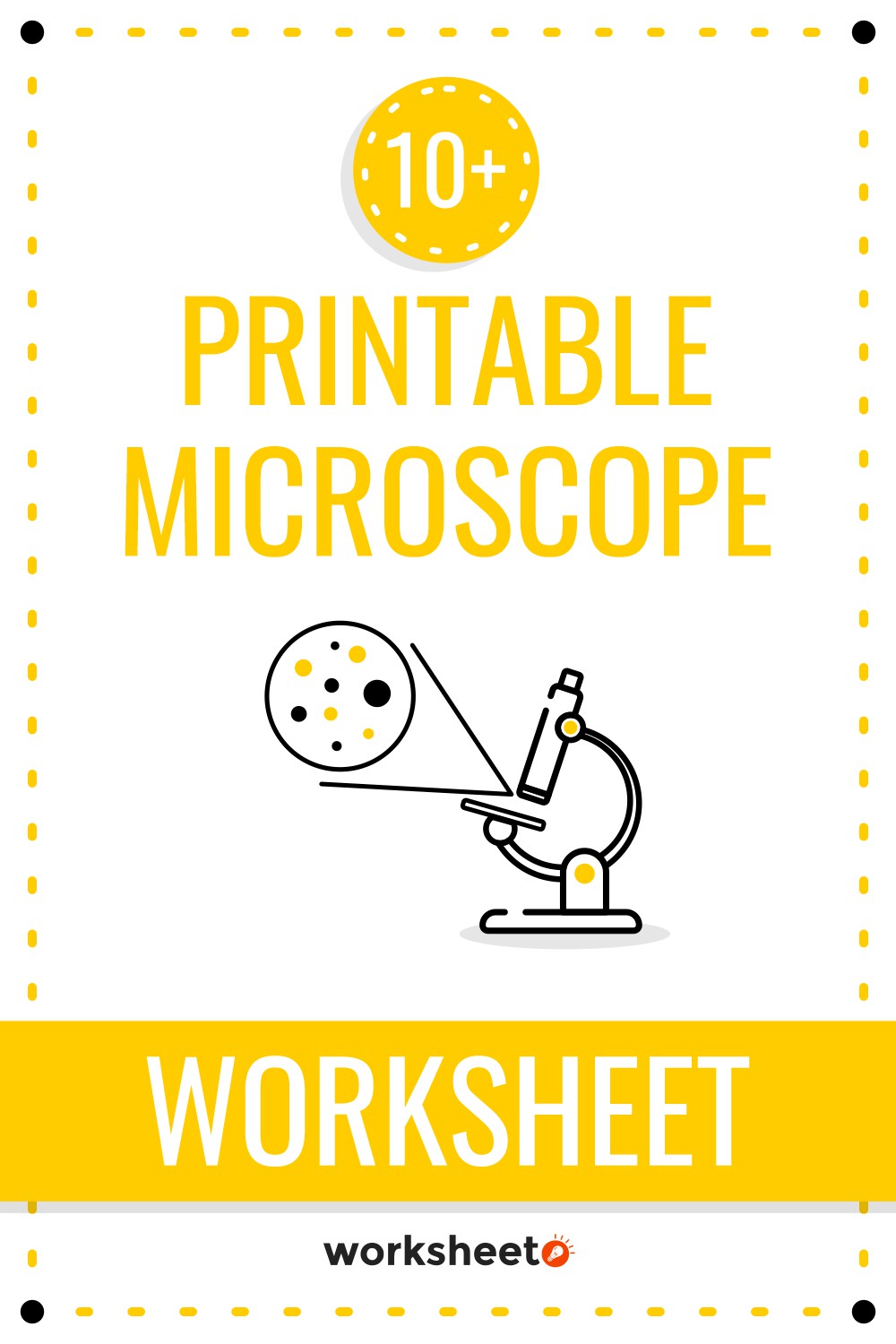
Enhancing your child's understanding of science can start with our Printable Microscope Worksheet, offering a detailed and engaging educational tool.
More Other Worksheets
Kindergarten Worksheet My RoomSpanish Verb Worksheets
Spring Clothes Worksheet
Healthy Eating Plate Printable Worksheet
Cooking Vocabulary Worksheet
My Shadow Worksheet
Large Printable Blank Pyramid Worksheet
Relationship Circles Worksheet
DNA Code Worksheet
Meiosis Worksheet Answer Key
Get to know the microscope and deepen your understanding of specimens using the Printable Microscope Worksheet!
What is a Microscope?
A microscope is a tool used to see small objects. Microscopes are important instruments in chemistry and biology. Microscope comes from the Greek words, micro (small) and skopion (to see).
By using a microscope, you can see the structure of small objects. Microscopes can be used to analyze the smallest objects such as atoms. The image shown by the microscope can be enlarged into a 2D or 3D image. However, it depends on the type of microscope.
The main function of a microscope is to study specimens. A specimen is an example of an object that will be observed using a microscope. A microscope can be used to observe specimens through magnification and resolution.
Magnification is the ability to enlarge an image. Meanwhile, resolution is the microscope's ability to analyze small details.
What are The Components of a Microscope?
The components of each type of microscope are different. An example is a simple microscope. A simple microscope has components such as an eyepiece, nosepiece, objective lens, specimen stage and aperture diaphragm, body, light, and base.
Different from simple microscopes, compound microscopes are microscopes with high power and have a better magnification level than simple microscopes. Compound microscopes are usually used to observe very small objects. The components of a compound microscope are:
- Body or head: The body or head is the component that supports the microscope.
- Arm: The microscope arm functions to connect the base and head of the microscope.
- Base: This part is used to support the microscope and optical parts.
- Adjustment knobs: Knobs are used to adjust the focus of the lens. The knob used is a coaxial type knob that can be used to adjust fine and coarse focus. There is also a condenser focus which is used to move the condenser down and up to control the light.
- Specimen stage: The stage is the part used to place the specimen. You can use stage clips so that the specimen does not move.
- Aperture: Aperture is a small hole that is used as an area for light. The light will be transmitted to the stage so that the specimen can be seen through the lens.
- Illuminator: The illuminator is a light source located at the base of the microscope. The light source used comes from a halogen lamp with low voltage.
- Condenser: The condenser is the part used to collect and focus light from the illuminator onto the specimen.
- Diaphragm: The diaphragm or Iris is a component of the microscope that is used to control the light.
- Objective lens: This is the main lens used in microscopes. This lens can be used to observe small objects. The magnification of the objective lens reaches 4-100x. The lenses used are 3-5 lenses.
- Nosepiece: The nosepiece is used to place the objective lens.
- Eyepiece: This part is also called the ocular. The eyepiece functions to observe objects. It is located at the top of the microscope. The eyepiece is clamped by the eyepiece tube which is located at the top of the objective lens.
What are The Types of Microscopes and Their Functions?
- Simple Microscope: This microscope is the easiest microscope to use. Therefore, this microscope is usually used for science learning in schools.
- Compound Microscope: Compound microscopes have a higher magnification level than simple microscopes. Therefore, compound microscopes can see very small objects. This microscope functions to observe viruses, bacteria, fungi, algae, soil particles, fingerprints, and disease. Compound microscopes are widely used in universities and analytical institutions.
- Dissection Microscope: This microscope is used to study solid samples. This microscope can also be used for forensic analysis and microsurgery. Therefore, dissection microscopes are usually used by medical departments or hospitals.
- Electron Microscope: This is the type of microscope with the best capabilities. This microscope is used to observe the smallest objects such as atoms. Electron microscopes are widely used in industrial and medical research. By using an electron microscope, you can observe the micro characteristics of samples, tissue or cell imaging, device testing, and mineral analysis.
Why Do Students Need to Learn about Microscopes?
Students should learn microscope because it plays an important role in their cognitive abilities. A microscope is a 'door' to see new things that children have never known before. Students can also activate all their senses by exploring objects using a microscope.
Students can also gain the following benefits if they learn microscopes.
- By getting to know microscopes, students can encourage their curiosity. That's what makes them enthusiastic about learning new things. This has a positive impact on their knowledge.
- Microscopes help students to enhance their academic experience. This is because they have direct access to how the microscope works and how to use it.
- A microscope is the best tool to teach students about science. So, students can understand more about the objects studied in science subjects. It can increase their interest in science.
What is a Printable Microscope Worksheet?
Printable Microscope Worksheet is a worksheet used by students to study the parts of a microscope. This worksheet can be used as an introduction to science. When students make their first observations in the laboratory, teachers can use the worksheet so that children understand how to use a microscope.
We also provide Microscope Lab Sheets. Students can describe the results of their specimen observations on the worksheet. They can also describe the characteristics of specimens they see through a microscope.
Microscopes are science instruments that provide many benefits to students. Observing through a microscope can help students understand various new things around them. Therefore, Printable Microscope Worksheets need to be used by teachers as a tool for students' basic science education. This will help them to understand the parts of a microscope and how to use it.
Have something to share?
Who is Worksheeto?
At Worksheeto, we are committed to delivering an extensive and varied portfolio of superior quality worksheets, designed to address the educational demands of students, educators, and parents.


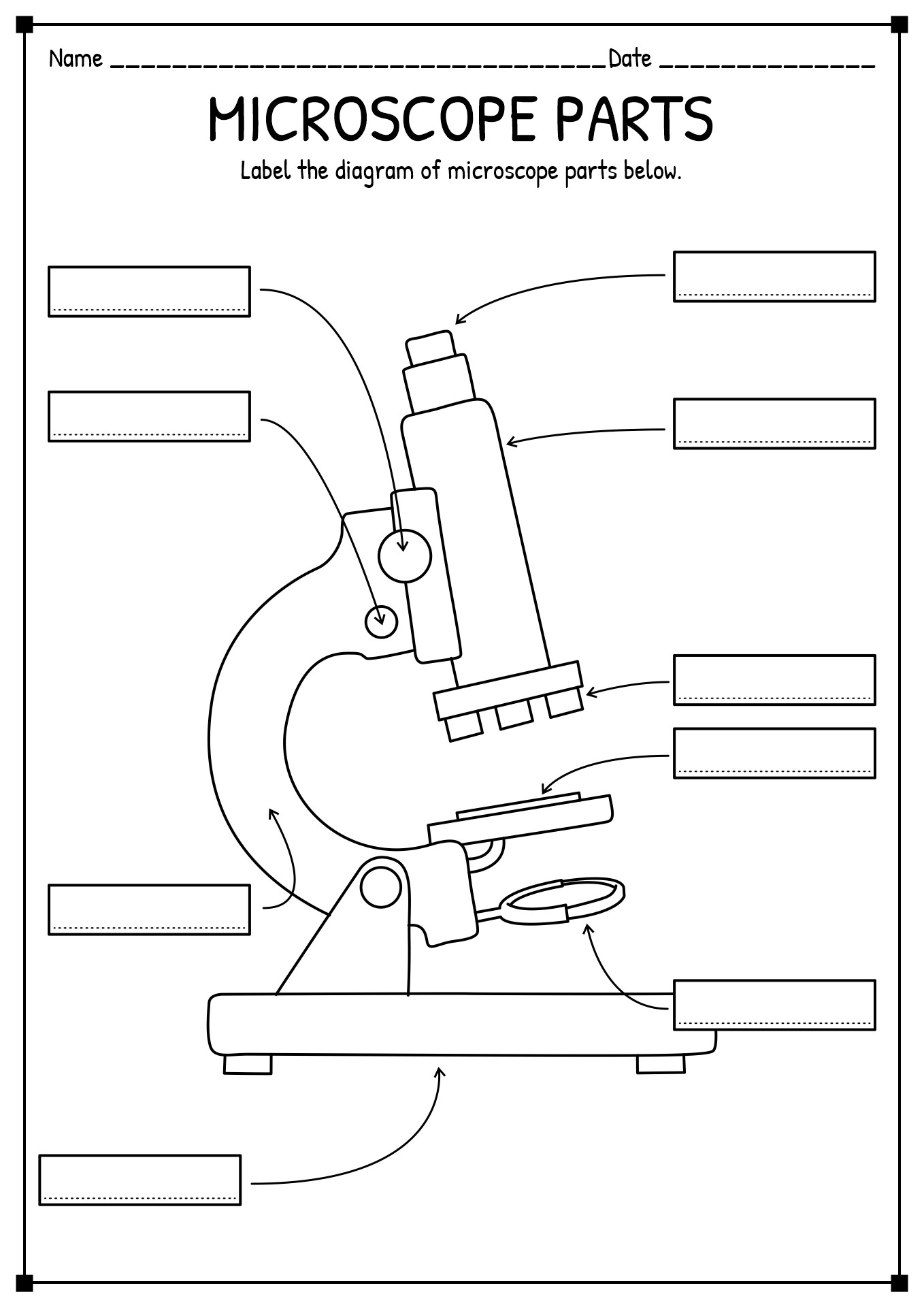


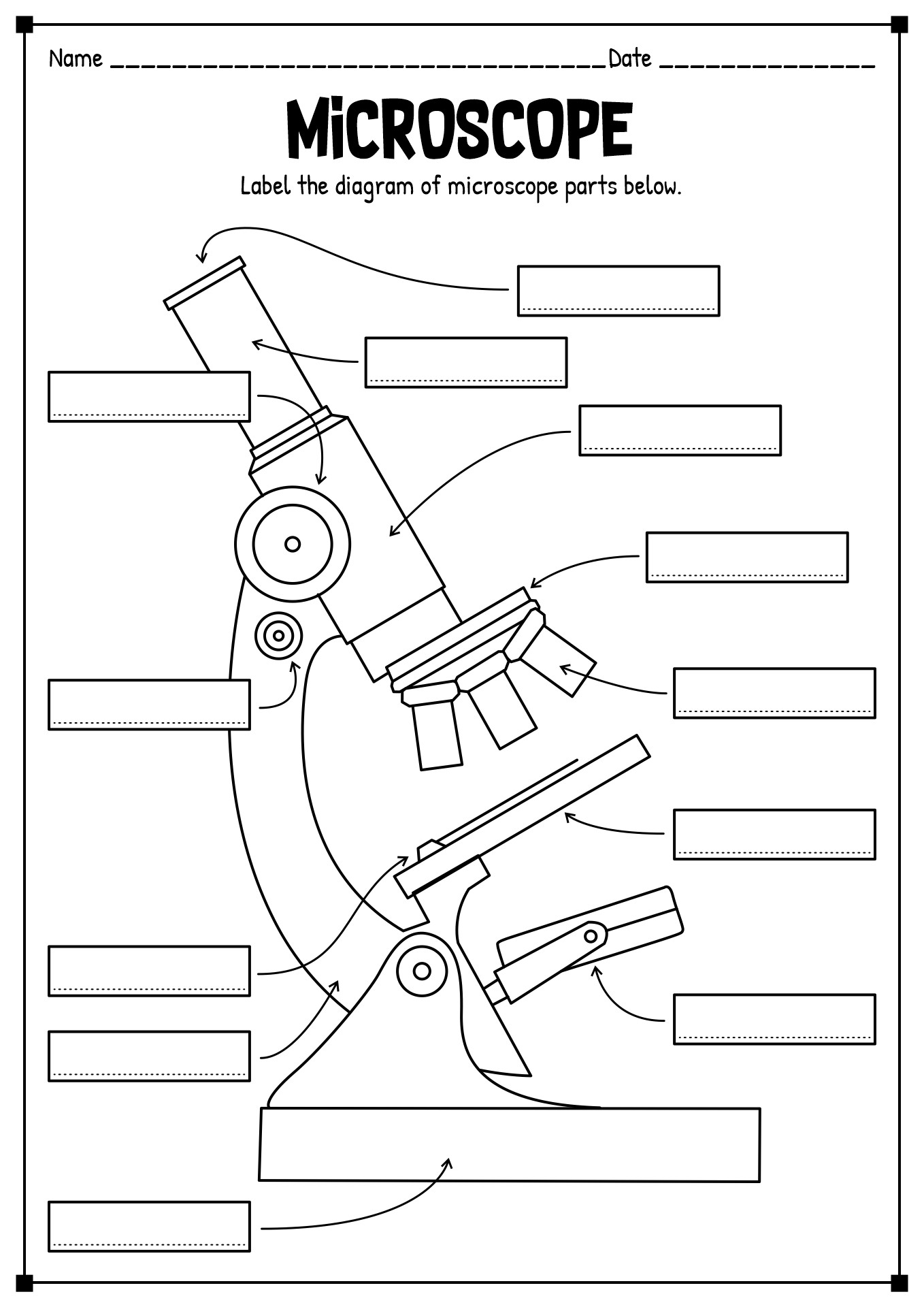
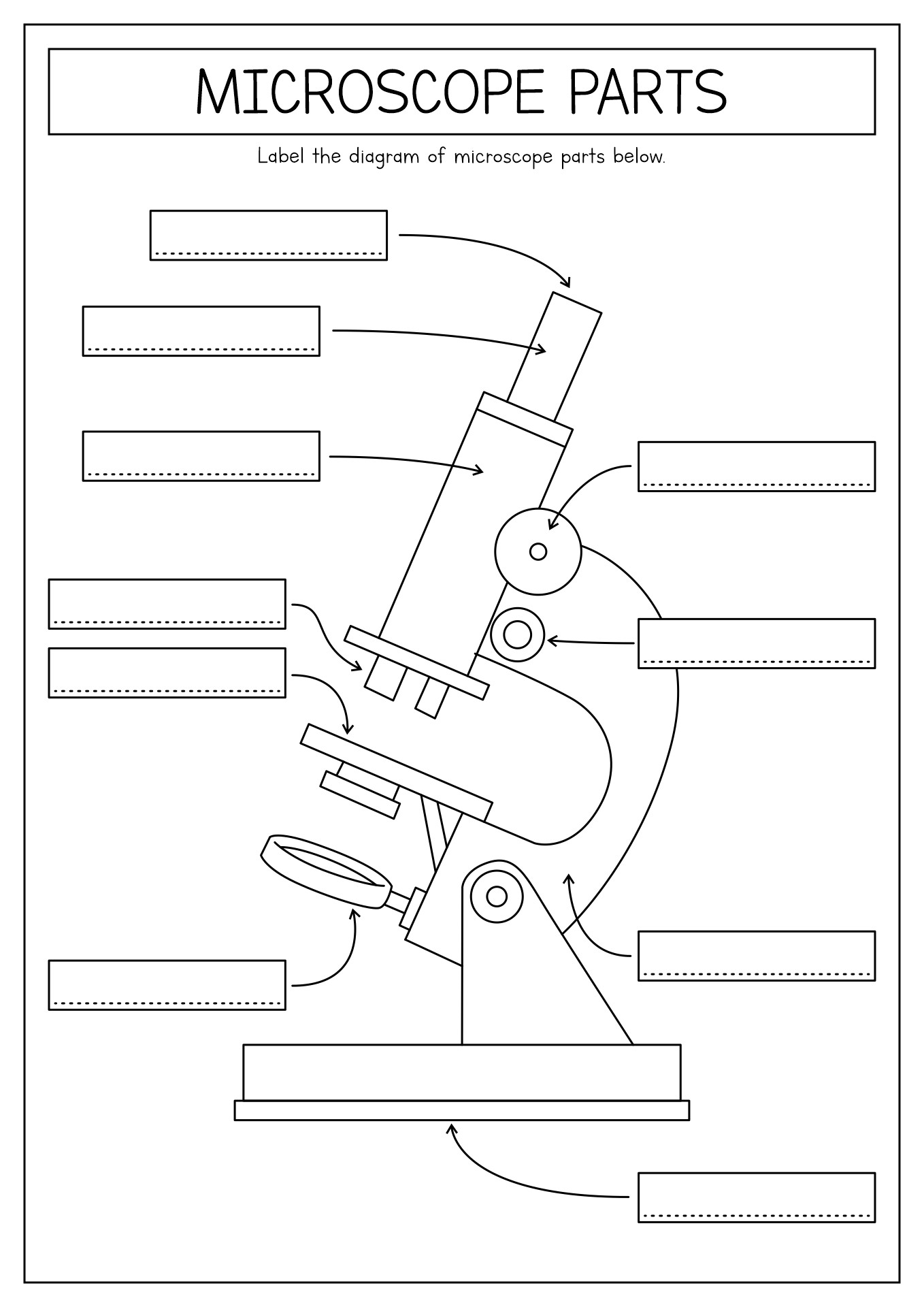
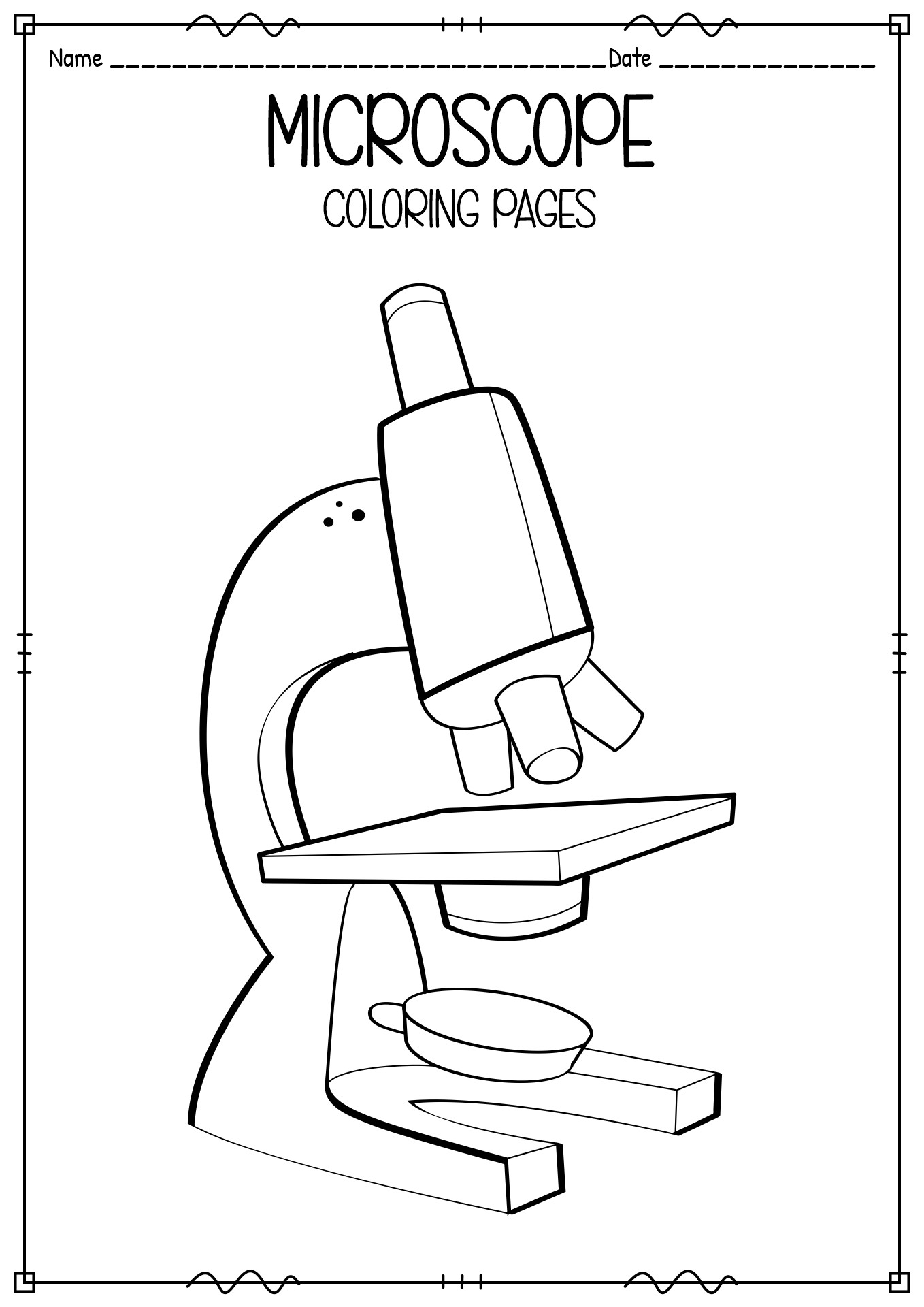
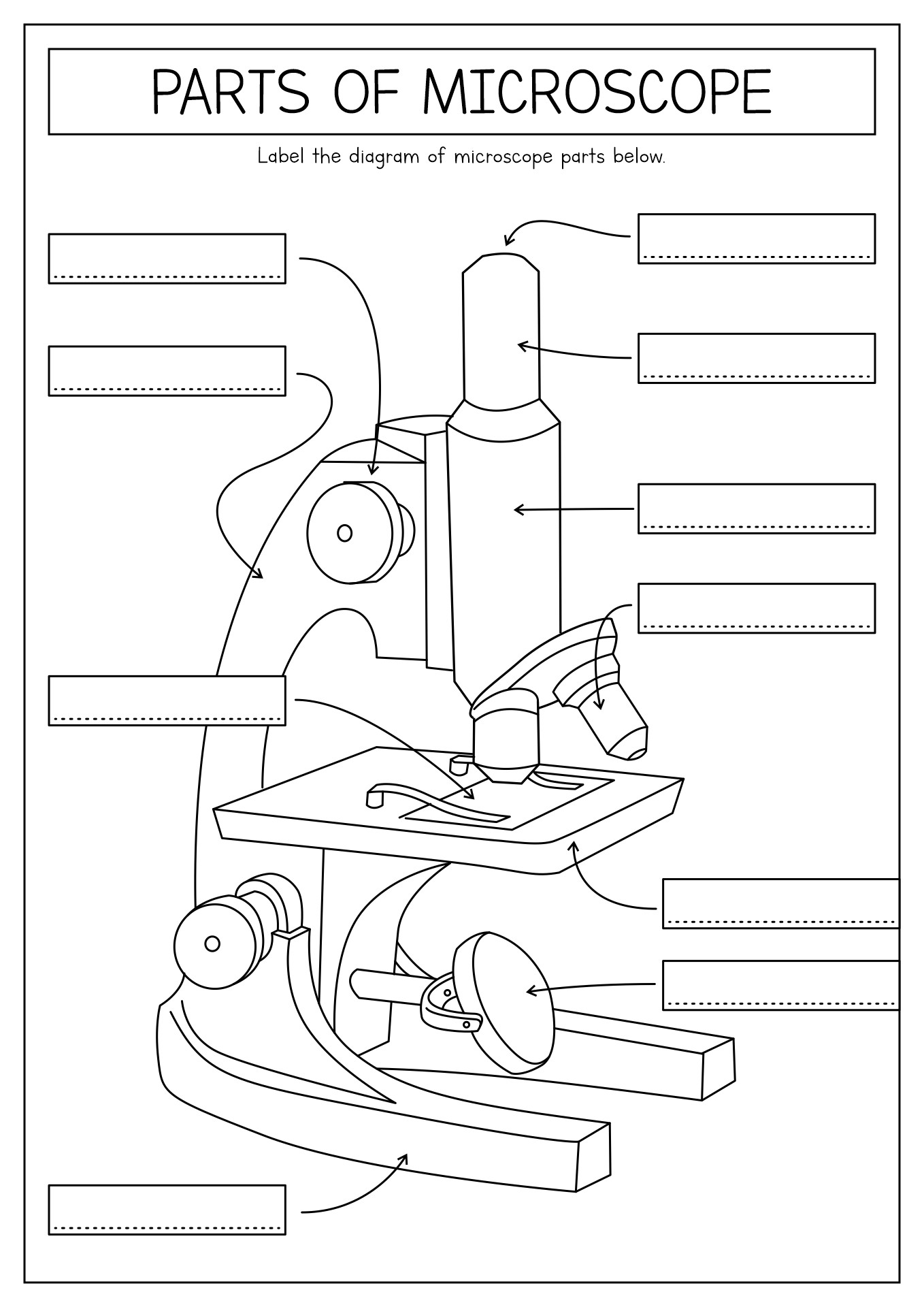
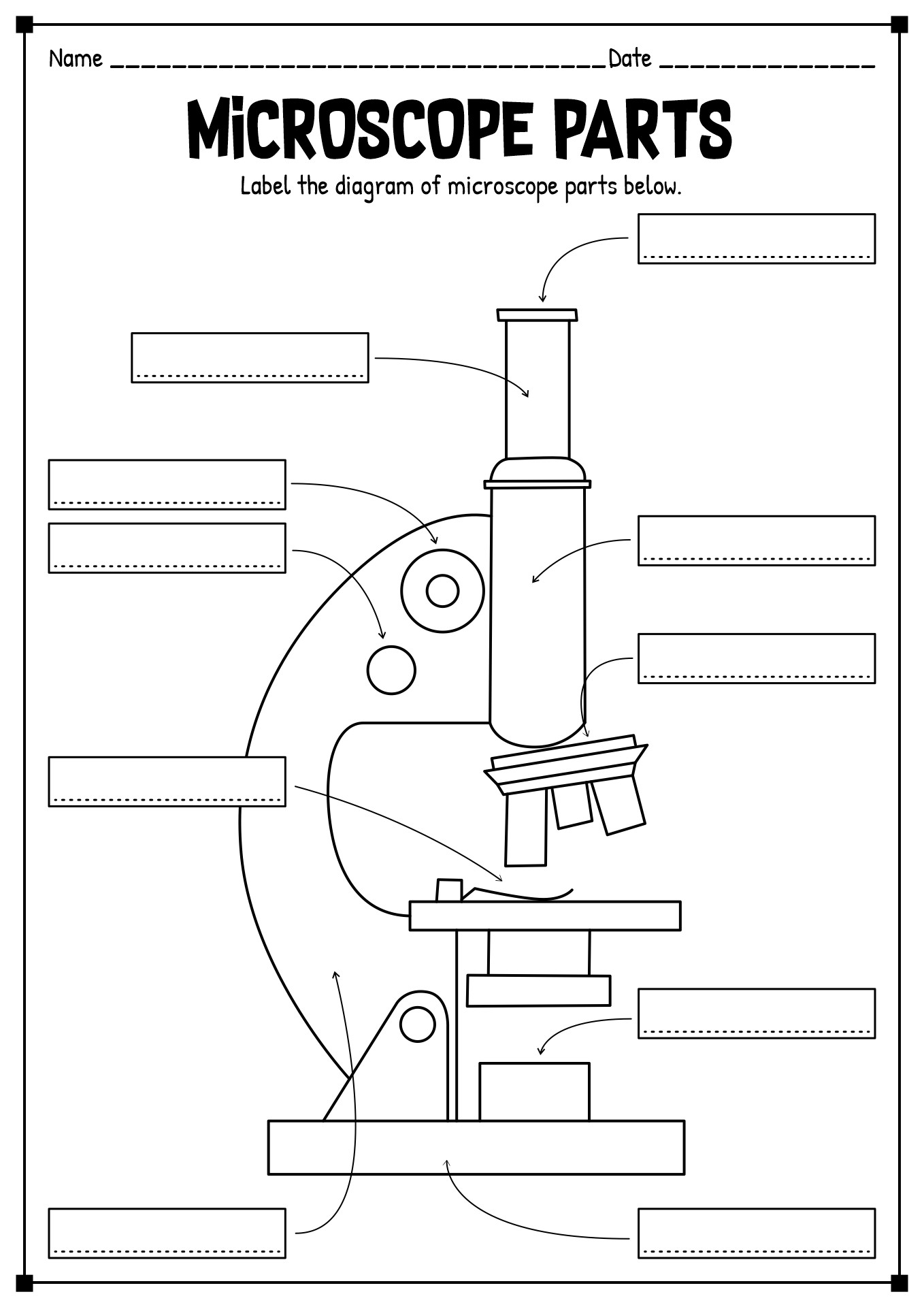
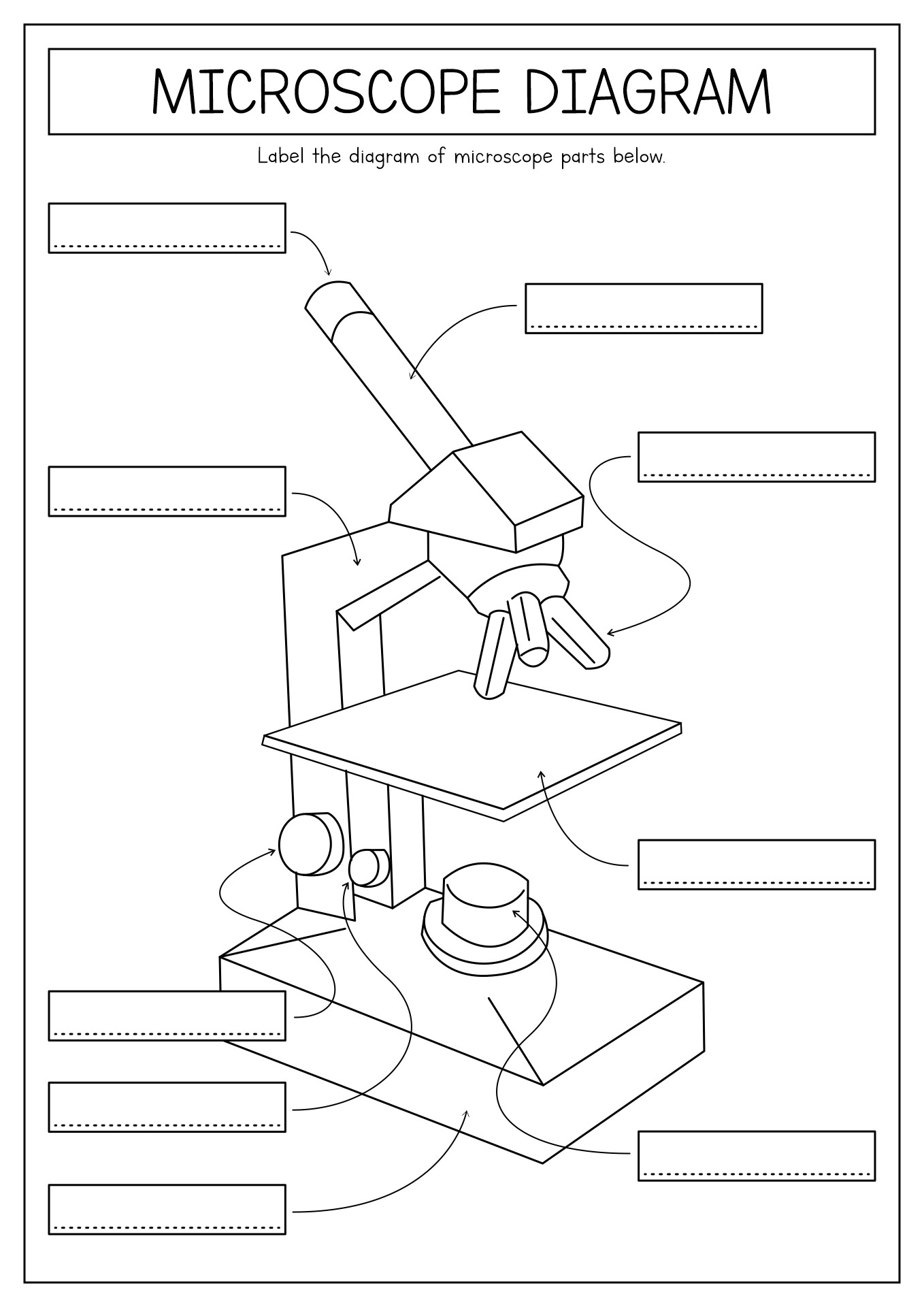
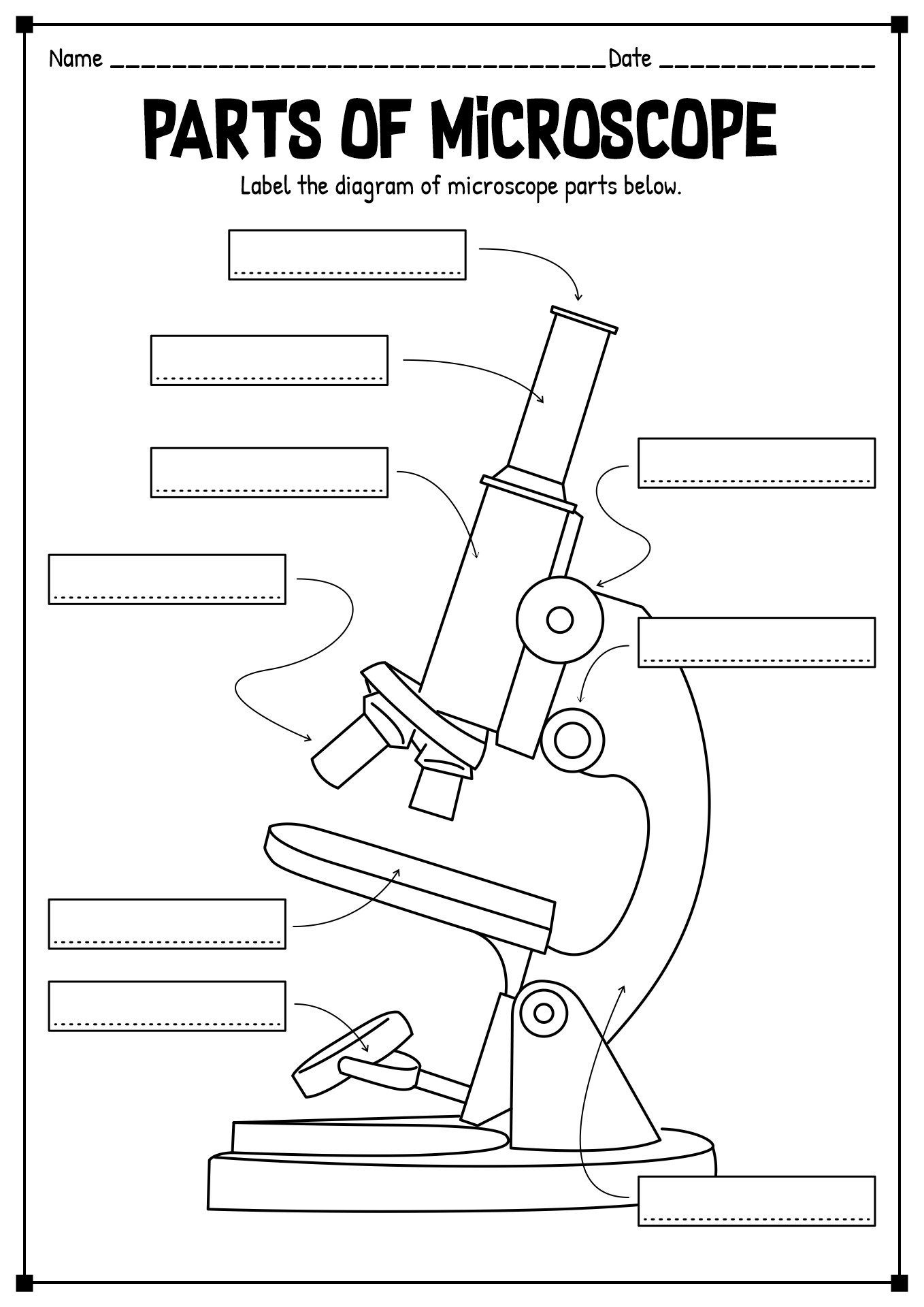
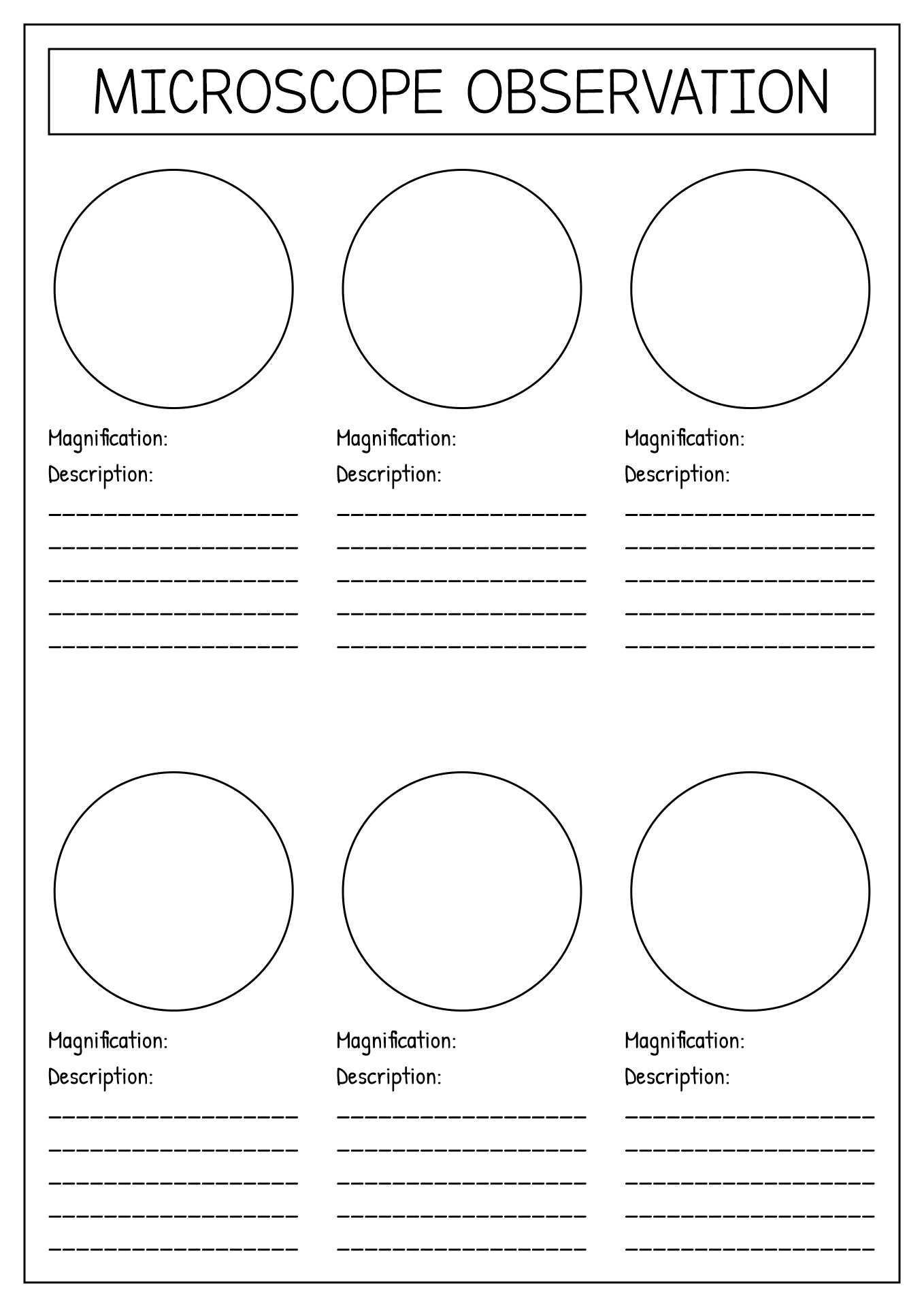
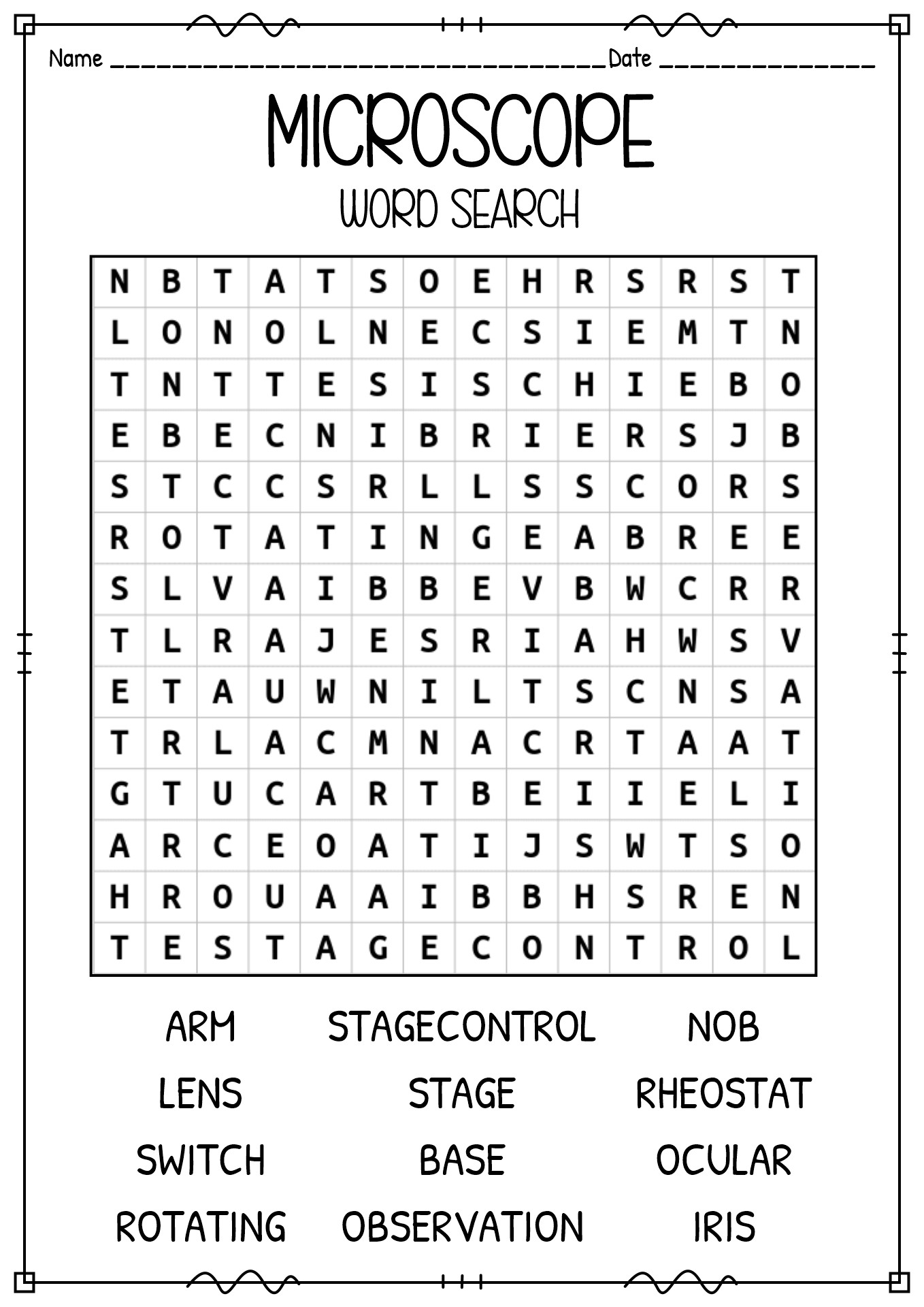
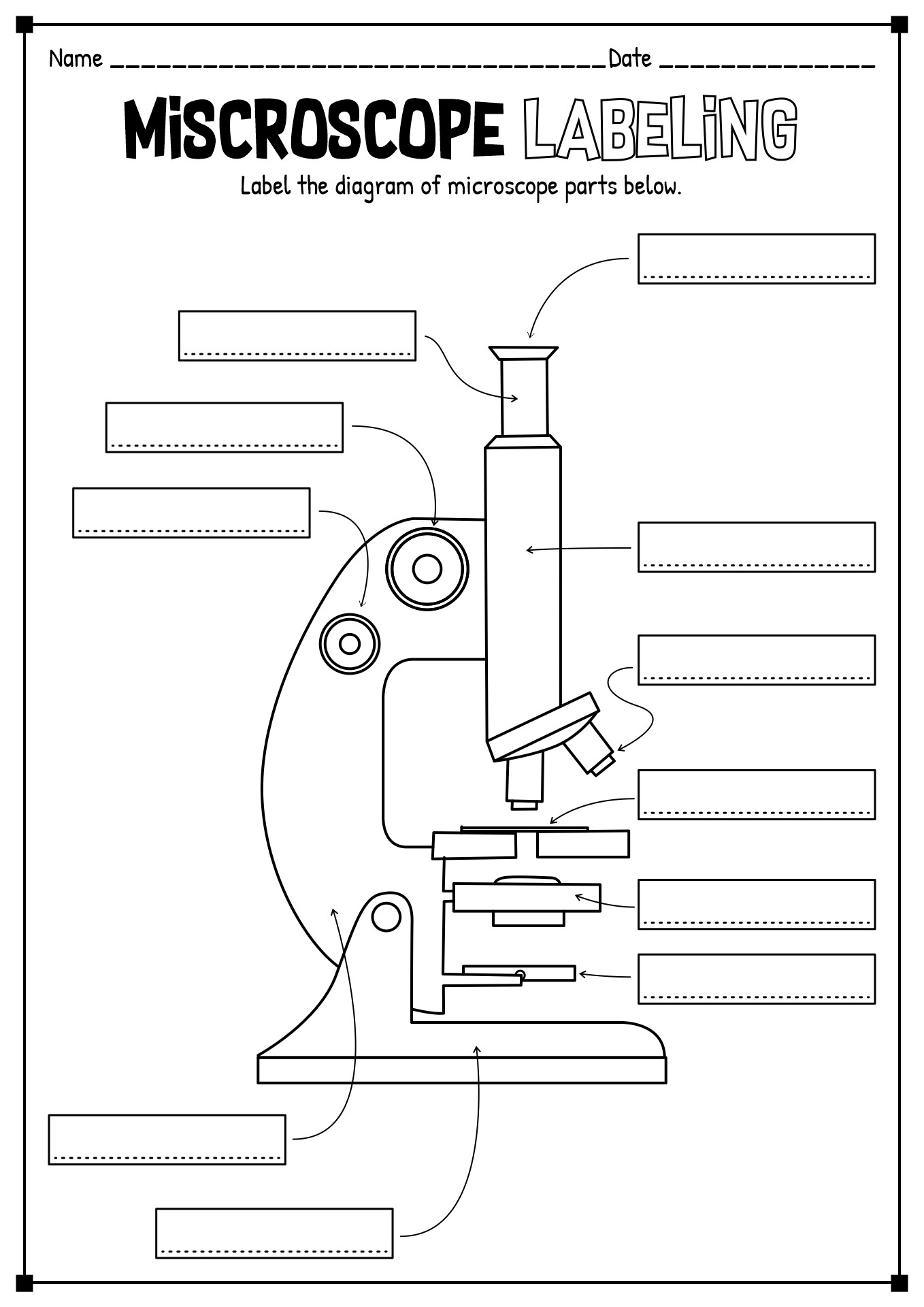
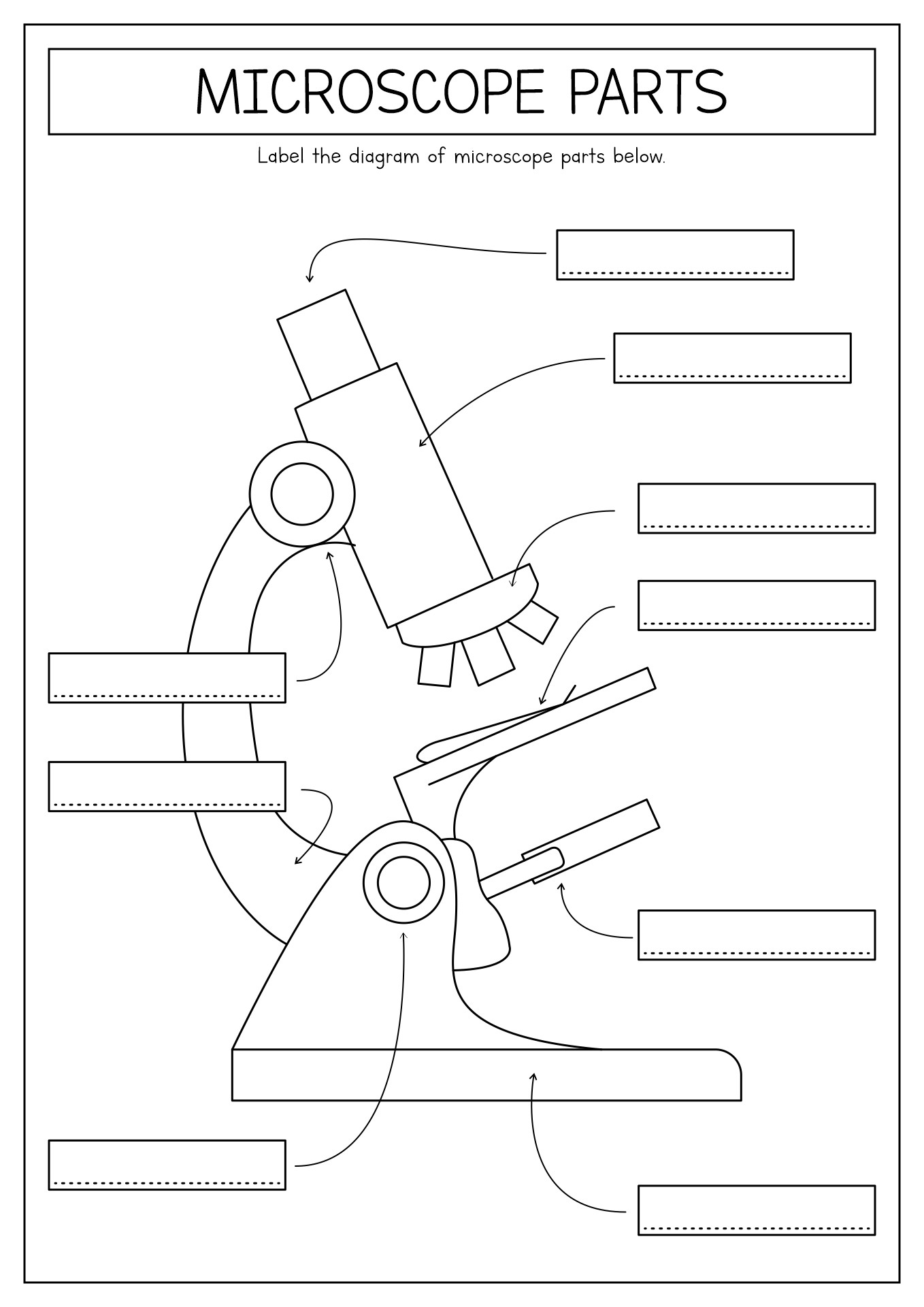
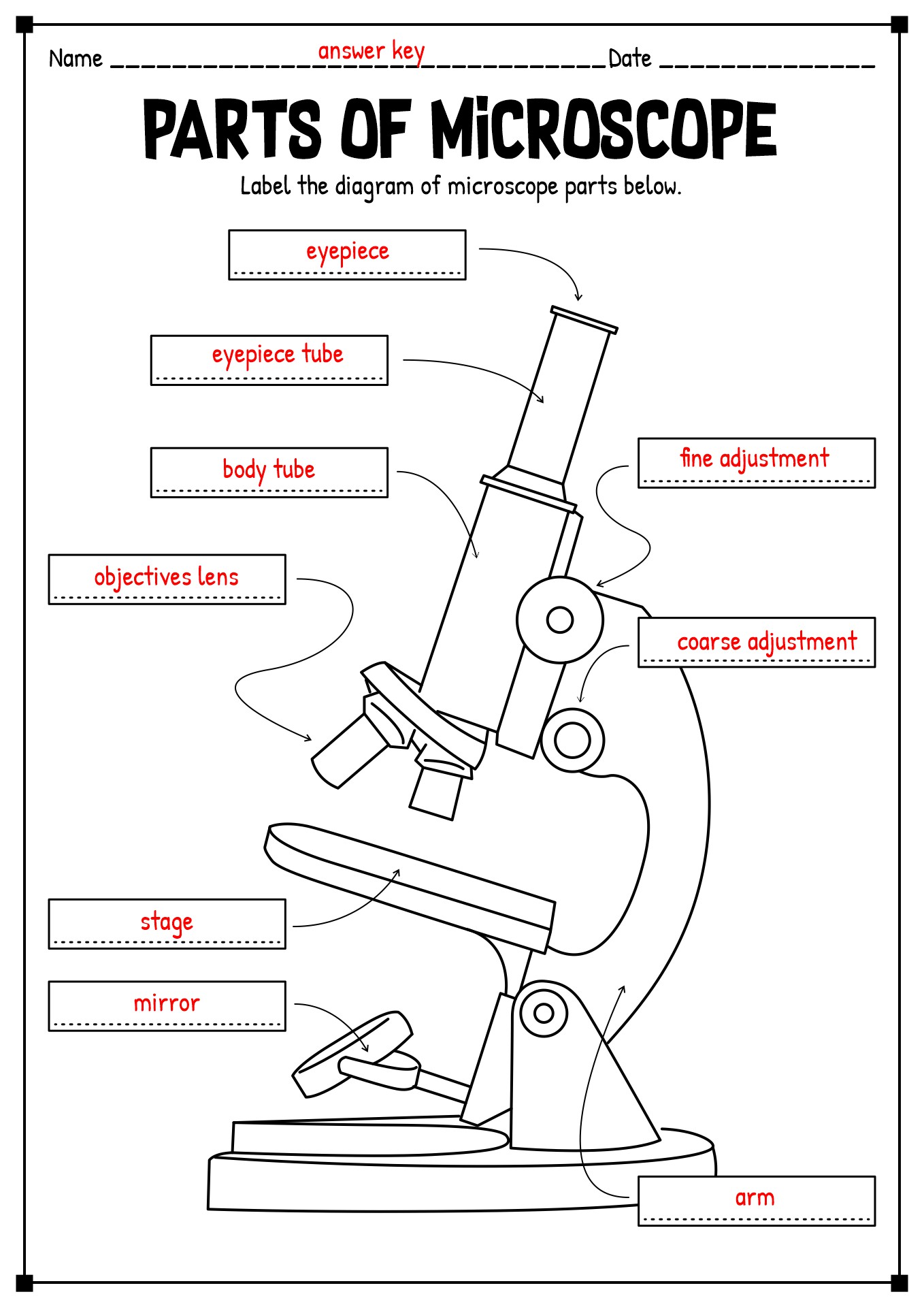
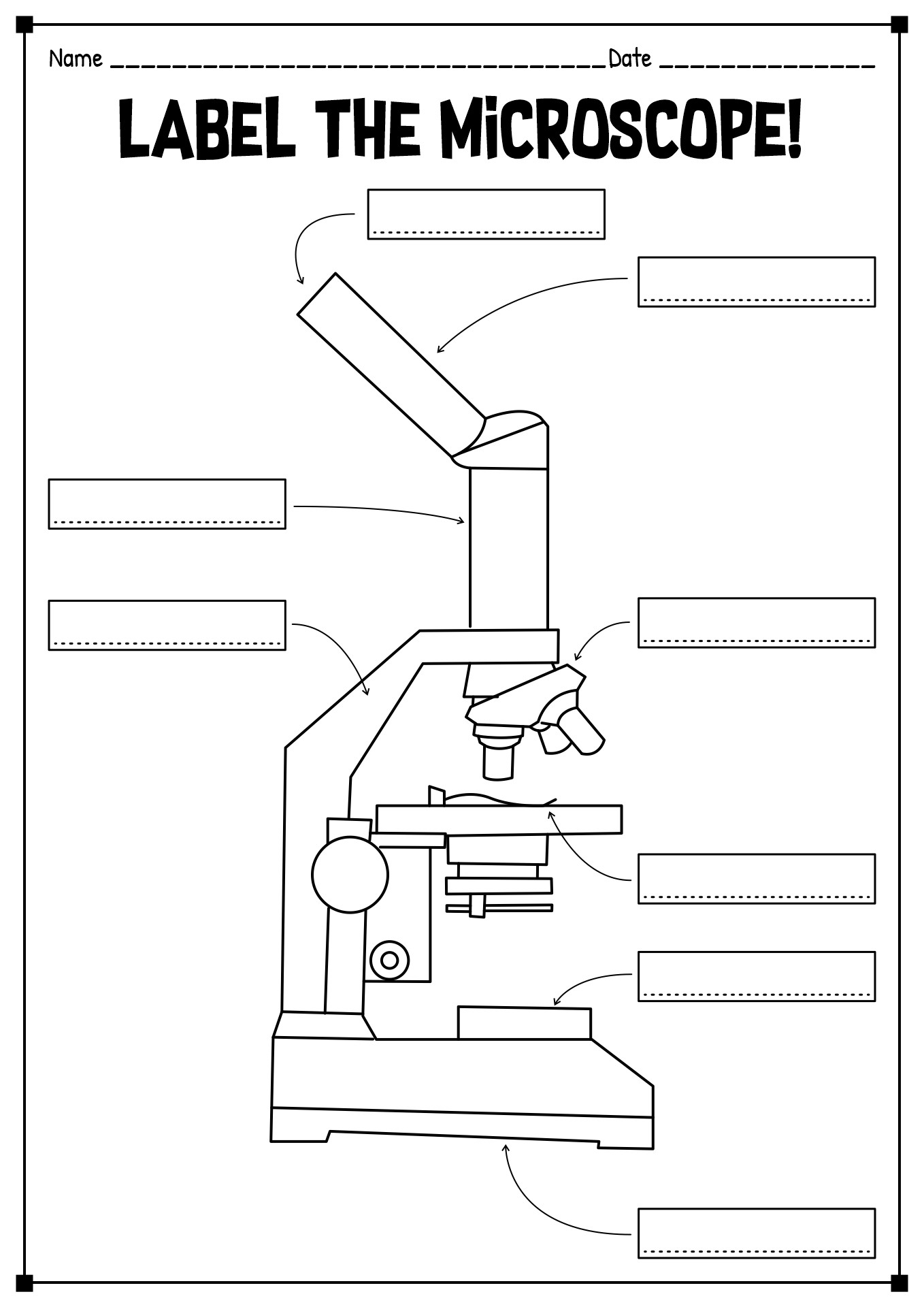
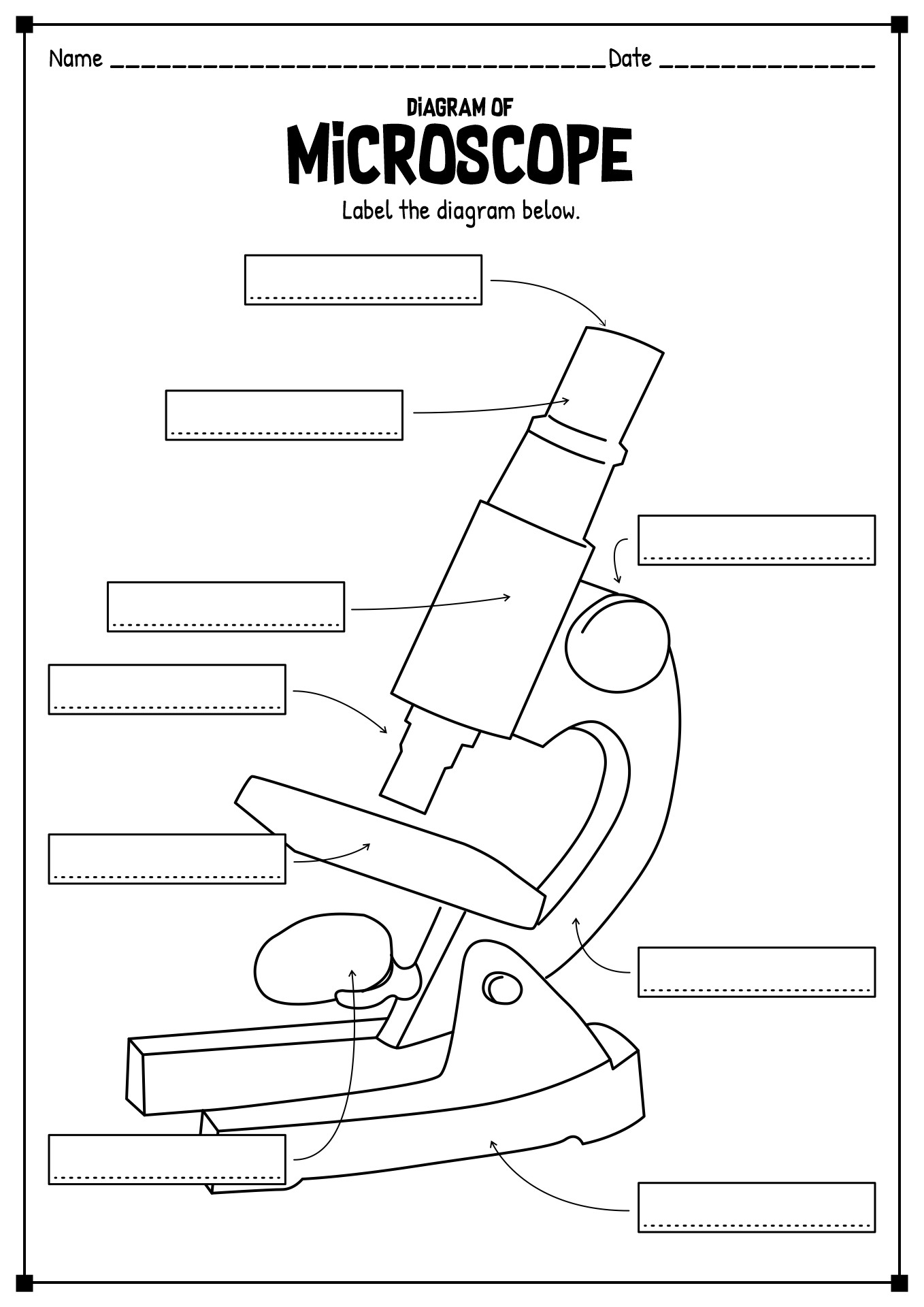














Comments
Printable microscope worksheets are a valuable tool for students as they allow for hands-on exploration and practice with microscopic observations, enhancing their understanding and critical thinking skills in biology.
This printable microscope worksheet is a great tool for enhancing scientific knowledge and promoting hands-on learning. It offers a concise and effective way to engage students in exploring the microscopic world. Thank you for providing such a helpful resource!
I found the Printable Microscope Worksheet very helpful in reinforcing my understanding of microscope functions and parts. The clear and concise explanations guided me through the worksheet effortlessly. Thank you!
This Printable Microscope Worksheet is a helpful and engaging resource for learning about microscopy. Thank you for providing such a useful educational tool!